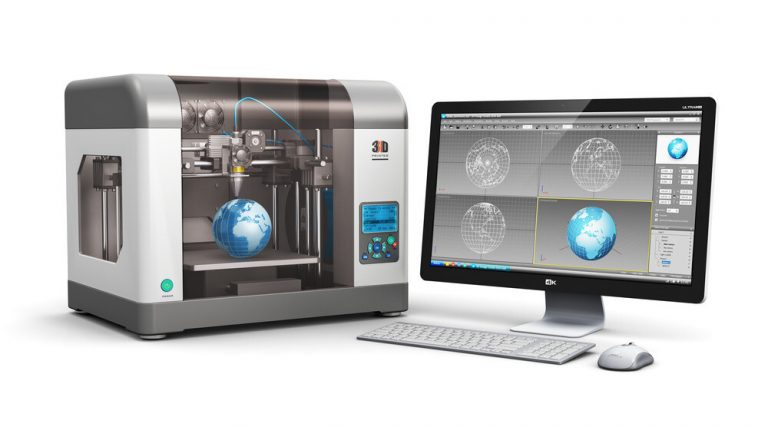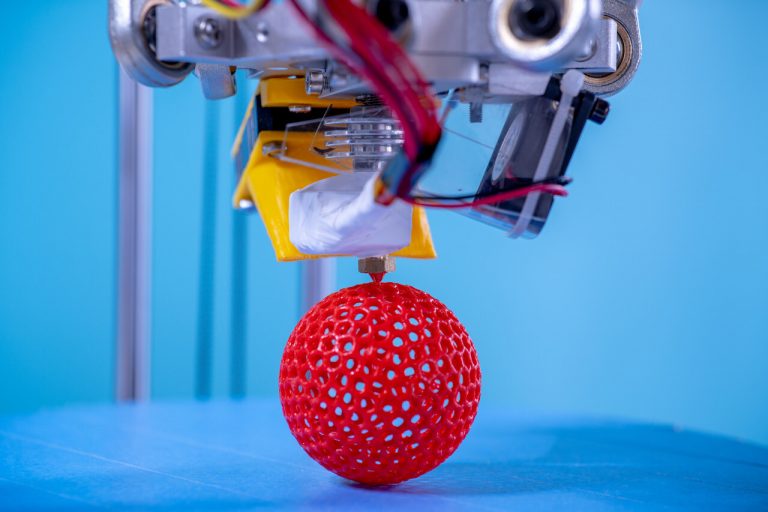What Is A Raft In 3D Printing?
3D printing is an art and requires full attention to detail and complete focus at all times. A slight change of mind can result in a different output.
Just like any other thing, starting always seems complicated and needs to be overlooked carefully as many 3D modeling printers face problems with setting up the first layer .
Here comes the raft to help 3D printers to lay down the first layer correctly. There is no need to be worried at all if you are not familiar with these terms and methods.
Here in this article, we are going to discuss briefly about the raft in 3D printing, what it is, what role it plays in getting the perfect output, and how and where it should be used.
Rafts
In simple words, the raft can be defined as the layer of materials which is used to place at the foundation of an object.
Usually, it has a flat structure, and the principal purpose is to give added provision and support to the object. It can be made of any material depending on the constraint of the condition.

Rafts In 3D Printing
We now have the basic idea of the raft, but what does it mean in terms of 3D printing.
In 3D printing, the raft is known as the layers of filament that is placed above the build surface, and the 3D printed parts will be placed on the top of this layer, known as the 3D printing raft.
The raft can be made up of different materials based on the type of filament you are going to use. Generally, HIPS and PVA material are used to form the raft as they provide much better support and have other distinct qualities.
Why the Raft Is Used in 3D Prints
A strong base is very important, no matter how large the building is going to be. Similarly, in 3D printing, a strong foundation is a must to gain stable and highest quality output.
When the parts of the 3D prints are placed directly on the build surface, there is a very high chance of getting distort in shape and can severely affect the resulting output.
On the other hand, it is also imperative that the 3D printed parts are firmly stuck with the build surface and remain bonded until the process is not finished. When it does not stick with the body, it can ruin all your hard work in a matter of seconds.
In the same way as bed adhesion and saving the 3D print result from deforming, an object with a small base and building upper layer parts on it becomes quite tricky, and providing base support becomes indispensable.
That’s where the raft comes to help in minimizing the risk of deformation, helping with bed adhesion, and providing the required support to the output result.
In addition, it keeps your build surface safe and sound, the printing parts are not piled to it, and thus, it saves your filament material, money, and other resources.
When To Use Raft In 3D Prints
By now, we are aware of the importance of the raft in 3D printing and how it can help us in achieving the best output result.
However, 3D can be done without using the raft, so to answer the question that when to use the raft in 3D printing, it is simply when you need to keep your print safe from poor bed adhesion, avoiding cracks, and whenever you need precise and accurate output result.
Typically, ABS filament is more susceptible to these factors, and therefore, it is recommended to use the raft when using the ABS filament.
Settings for the Raft
There are different parameters that can be set when using the raft in 3D prints. It usually depends on the type of 3D printer you are using, room temperature, builds surface, and the type of filament. The most crucial settings are:
- Raft Top Layers: The top layer is where the 3D print part will rest on. It is the layer on the above of raft and is directly connected with the parts. Therefore it is vital to have a smooth surface, and for that, you may need 2 to 3 layers.
- Raft Bottom Layers: these are the layers that are under the raft and are in direct contact with the build surface. The bottom of the raft also needs to be flat and even.
- Separation Distance: It is considered as the most important factor because the separation distance is defined as the gap between the upper layer of the raft and the first layer of the print model. It mainly be determined by the type of filament material, and normally 0.1mm is considered as standard. Separation of the model and the raft is based on this factor as having a close distance will make it difficult to separate the parts.
- Raft Speed: This factor determines the rate at which the first layer of the print is placed on the raft. It should be slow for achieving better bed adhesion.
Removing a Raft
Once you are finished with the process, you need to remove the raft and the output material from the build surface. It can be done in two ways.
The first way of doing this is that you remove the raft from the build platform and then separate the resulted material from the raft. The other method is that first, you remove the 3D print parts and then remove the raft from the build surface.
Any method can be used as per your comfort. Though, you need to be very watchful while separating the print from the raft. It can be done by hand, but you may use the thin scrapper or tweezers to help you if you find any difficulty.
Here, the separation distance matters the most, and for that reason, you should carefully decide on the parameters.
In the end, we can say that raft helps in enhancing the quality of 3D prints, like 3D printed miniatures and if used with appropriate settings, you can get the perfect desired results.






